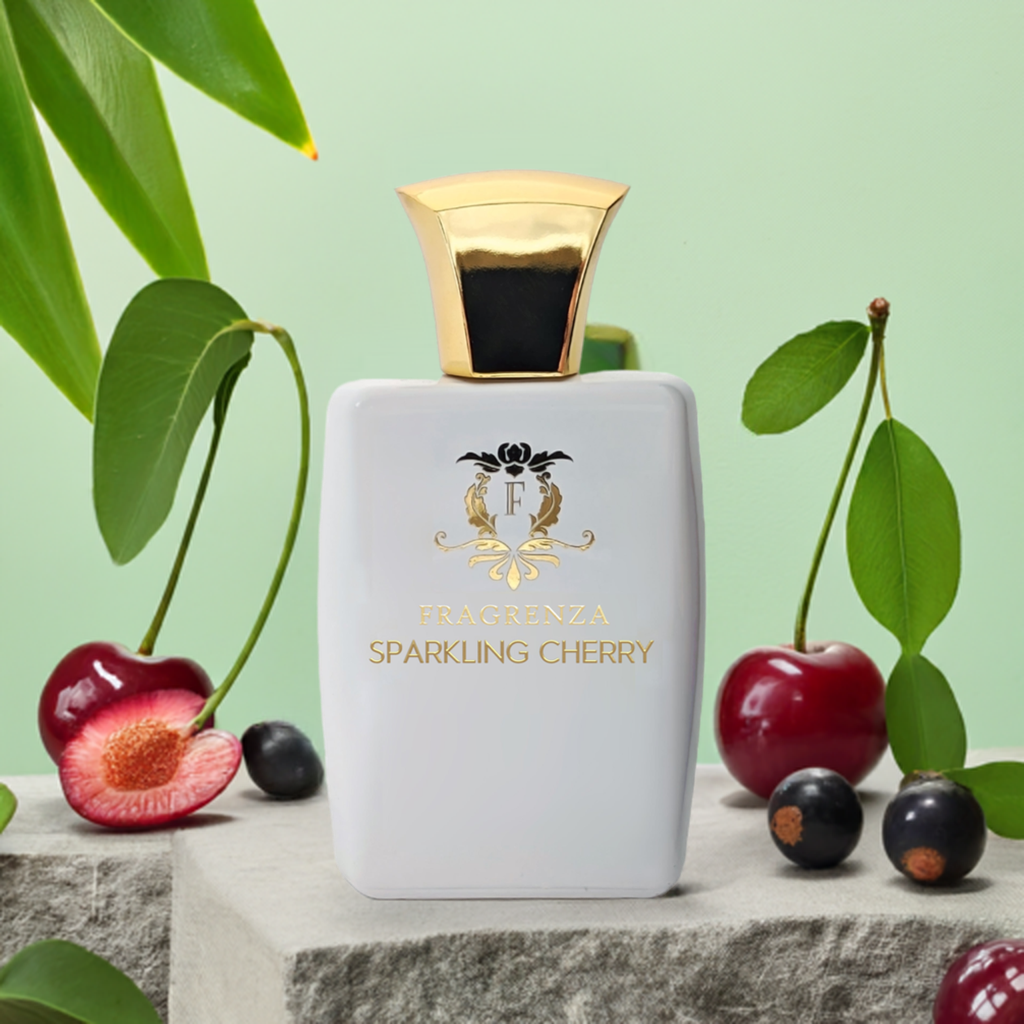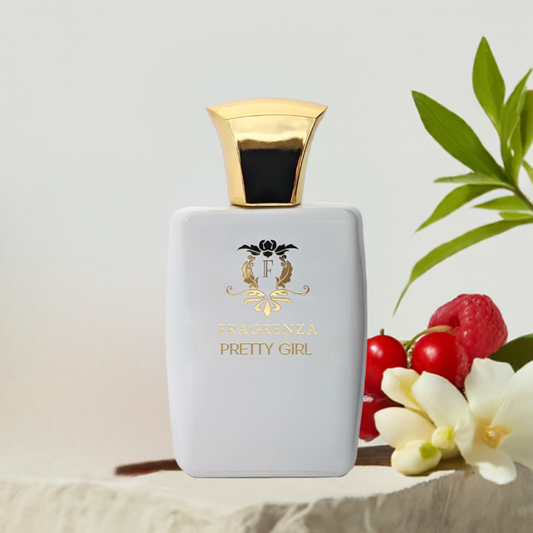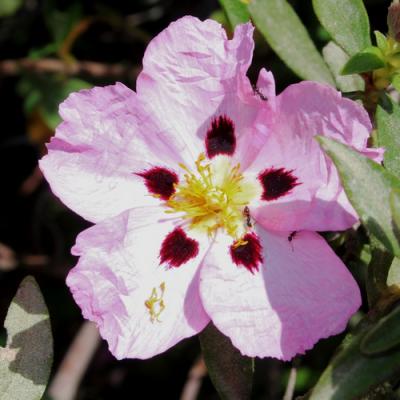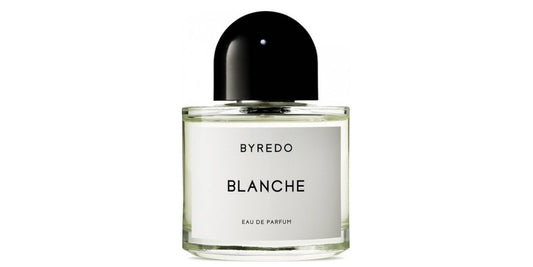Green note in perfumery

In This Article
Green Notes: A Breath of Freshness
Since the mid-20th century, green notes have been gaining popularity in the world of perfumery. One of the earliest examples of a fragrance with a prominent green note is Balmain's 1947 creation, "Vent Vert," which featured galbanum, a previously overlooked ingredient. Green notes evoke a sense of verdant foliage and intense freshness, with various nuances that can resemble floral scents such as daffodil or lily. Many perfume designers embraced green notes, including Chanel with their iconic "N° 19." Galbanum takes center stage as a top note in this fragrance, alongside bergamot, neroli, and hyacinth— a bold composition chosen by Gabrielle Chanel herself.
Green Notes and Their Combinations with Different Olfactory Families
Green notes are widely used in contemporary perfumery and can be found across multiple olfactory families. They blend seamlessly with floral scents, as demonstrated in Cacharel's "Anaïs Anaïs," which features galbanum as a top note. The heart of the perfume comprises an intensely floral bouquet with rose, ylang-ylang, lily, and lily of the valley. The base notes, including amber and cedarwood, create a soft, woody, and amber trail— a truly romantic and floral fragrance. Green notes also appear in chypre and fougère fragrances, where they pair beautifully with oakmoss or vetiver to produce exceptionally fresh scents. Azzaro's Azzaro pour Homme L'Eau is a prime example, with green notes nestled in the middle and base notes such as vetiver, patchouli, and sandalwood providing a delicately woody and musky trail. This Azzaro fragrance is greener and more aquatic than its predecessor.
Green notes captivate us with their diverse fragrances, refreshing aura, and connotations of renewal, reminiscent of the onset of spring. They evoke images of fresh grass, cut stems, morning dew, and dried leaves, transporting us to a world of natural freshness. Synthetic molecules that reproduce green notes have become indispensable in modern perfumery, ensuring their continued appeal.
Fun Facts About Green Notes
- Green notes can be derived from various natural sources, such as leaves, stems, grasses, or even unripe fruits.
- Galbanum, a key ingredient in many green fragrances, is a gum resin obtained from the roots of certain plants native to Iran and Afghanistan.
- Perfumes with green notes have been historically associated with elegance, refinement, and sophistication, making them popular choices for both daytime and formal occasions.
- Aside from their refreshing qualities, green notes can also add depth and complexity to fragrances, making them versatile and complementary to various olfactory families.





























